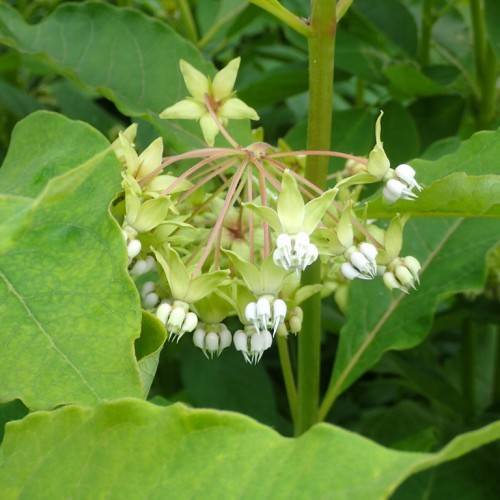
Poke Milkweed
Asclepias exaltata
Watering:
Minimal
Hardiness Zone:
Sun:
full sun,part shade
Leaf:
Yes
Growth Rate:
Low
Poisonous To Humans:
Yes
Poisonous To Pets:
Yes
Drought Tolerant:
Yes
Salt Tolerant:
Yes
Invasive:
Yes
Care Level:
Medium
watering
When it comes to watering rock wormwood, a key element to remember is to provide only adequate watering. To properly water your rock wormwood plants, the soil should be allowed to dry out almost completely between waterings. When the surface of the soil feels dry, slowly give your plant just enough water until moisture is seen dripping out of the drainage holes; then stop. During peak growth season, water your plants every 7 to 10 days. In the winter, allow the soil to dry out completely before adding water.
sunlight
Rock Wormwood (Artemisia woodii) grows best in full sun. It prefers 8-10 hours of direct sunlight each day, and should be planted in an area that receives at least 5 hours of sun in the morning and 3-4 hours in the afternoon. Rock Wormwood should never be in an area that is too shady as it can reduce blooming and promote the growth of too much foliage. When planting, make sure to choose a sunny spot with well-drained soil so the plant’s roots can get the nutrients they need.
pruning
Rock Wormwood should be lightly pruned in late Winter or early Spring. It is important to note that pruning may increase the density of the plant, so only light pruning should be done, removing only the oldest, tallest, or broken shoots. This should be done just before new shoots and flowers appear. Additionally, some control pruning can be done in Summer in order to contain the size and shape of the plant. Extremely vigorous stems should be removed and can be cut back to a monofoliate branch or a few new leaves. Be sure to follow all the usual safety guidelines when pruning this plant.
